Book Review | Strange Weather in Tokyo: Daringly different
The blurb of the Granta 2020 paperback edition of ‘Strange Weather in Tokyo’ by Hiromi Kawakami reads: “One night when she is drinking alone in a local bar, Tsukiko finds herself sitting next to her former high school teacher. Over the coming months they share food and drink sake, and as the seasons pass—from spring cherry blossom to autumnal mushrooms—Tsukiko and her teacher develop a hesitant intimacy that tilts awkwardly and poignantly towards love.”
I must confess I didn’t like how it sounded but I bought it nonetheless. I have been trying to be open to all kinds of stories, especially ones that make me uncomfortable. I’ve read and loved some writers whose works I wouldn’t have across had I only stuck to authors I knew and preferred. Japanese author Yogo Ogawa’s collection of short stories, ‘Revenge, was something I picked up to deviate from my usual reading choices. That book is now one of my absolute favorites.
So, I’m also trying to read more Asian authors and translated works of fiction, hoping to find others like Ogawa who can shake up my reading life. Also, if I can’t travel, then the next best thing I can do is read about people and places that are unknown to me.
Strange Weather in Tokyo is basically a love story, tinged with melancholy. Tsukiko, 37, meets her old high school Japanese teacher, 30 years her senior, whom she refers to only as ‘Sensei’, at a bar. From there on, the two come together, on and off, because of their shared love for sake, beer and traditional Japanese dishes. They have terse, awkward conversations but find they connect on an emotional level. However, neither knows how to describe or express what they are feeling. That leads to a series of bizarre dates, with Tsukiko and Sensei both trying to figure out how best to navigate the situation they are in.
The book is divided into short chapters, each of which could have been a short story in itself. Also, it’s character driven rather than story or narrative driven. Kawakami’s characters are charming, albeit a bit weird, and thus memorable. There are also mentions of many kinds of food, their descriptions so vivid it feels like an elaborate set up is right in front of you. The story is slow but the writing, which is crisp and clean, makes it worthwhile. You know much of what there is to know about the characters and how they think despite the book being so slim. The best part of Strange Weather in Tokyo is that it’s a different story convincingly told.
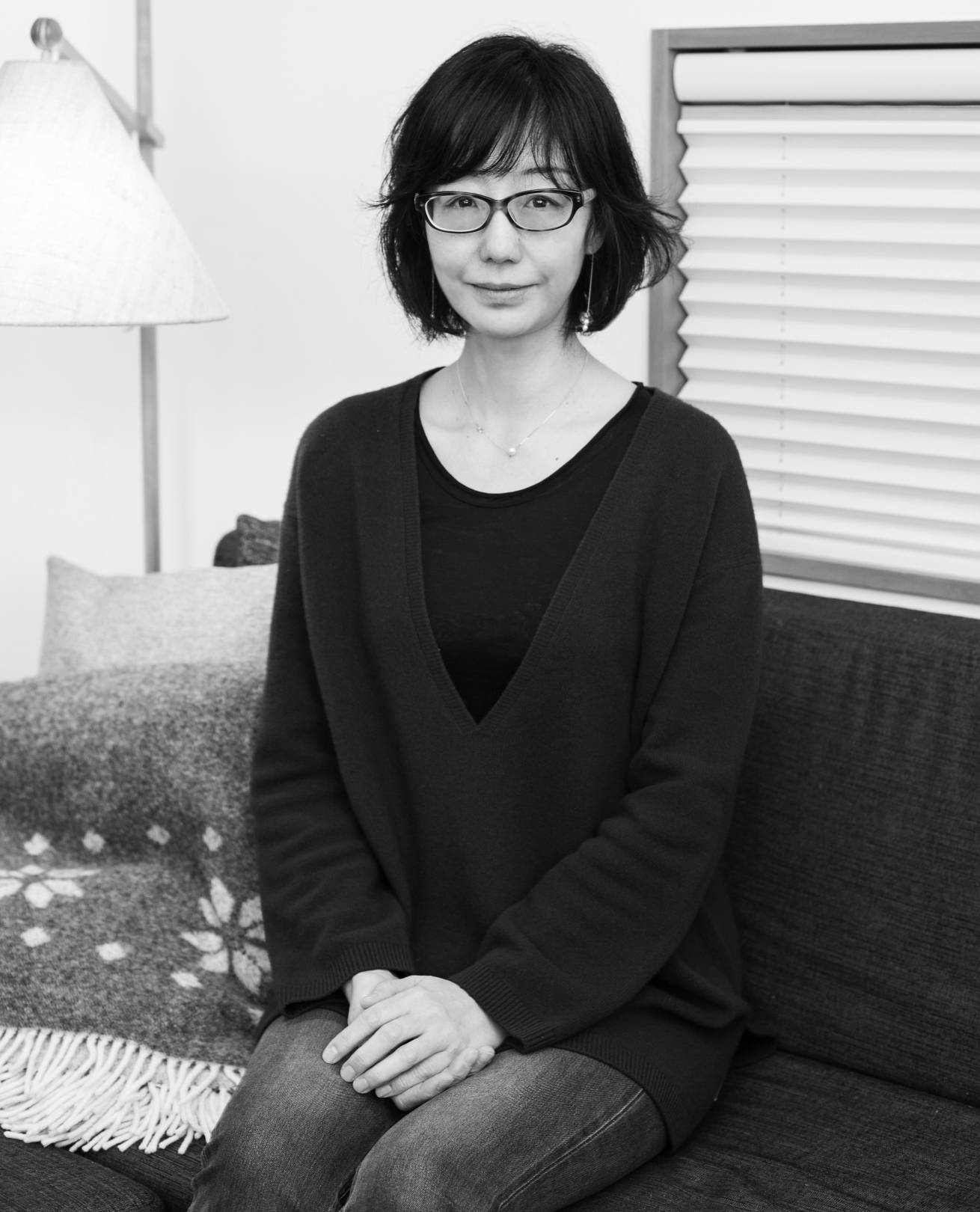
About the author
Born in 1958 in Tokyo, Hiromi Kawakami is one of Japan’s most popular contemporary novelists. She is famous for her offbeat literary fiction. Strange Weather in Tokyo won the Tanizaki Prize and was shortlisted for the Independent Foreign Fiction Prize and the Man Asian Literary Prize. Her other works include The Nakano Thrift Shop, The Ten Loves of Mr Nishino, and People From My Neighborhood.
Fiction
Rating: Three
Strange Weather in Tokyo
Hiromi Kawakami
Translated by Allison Markin Powell
Published: 2013
Publisher: Granta Publications
Pages: 217, Paperback
On Earth We're Briefly Gorgeous: Simply gorgeous
Many times, I hear readers and booktubers rave about a particular book. I want to read it. But I don’t find it for the longest time. By the time I do, I know a lot about the story and the author and I’m a little in love with it already. I put off reading it for a while to prolong the anticipation, often displaying the book on my bookshelf so I can see it every day. That book is kept aside for when things aren’t going well and I need to get lost in a story or when I’m on a break and need to detach.
I hype the book so much in my head it rarely ever lives up to it. I’m not disappointed but it’s never as good as I think it will be. But Ocean Vuong’s ‘On Earth We’re Briefly Gorgeous’ surpassed my expectations.
The title made me happy. I was, however, unprepared for the rollercoaster ride of emotions I was in for. The narrative structure is a bit confusing but Vuong’s debut novel is tender and powerful. The book is a letter from a son to a mother, only she can’t read: “Dear Ma, I am writing to reach you—even if each word I put down is one word further from where you are.” Just the idea of it gave me goosebumps right from the start.
The narrator is Little Dog, a Vietnamese immigrant in the US, who explores his family’s history, the violence there was over generations, and his understanding of sexuality. Writing to his mother is also Little Dog’s way of trying to find closure. We learn that his mother, Rose, was violent, often throwing a box of legos or a jug of milk at him. His relationship with his boyfriend, Trevor, later on also mimics his equation with his mother. In a way, his relation with Rose becomes his life’s governing factor. Whatever he goes through and how he feels and reacts to it come from her.
At times, the novel reads like an autobiography. There are scenes and memories that seem to come from the author’s own experience. They feel too vivid to be anything but real. The writing is choppy but lyrical and thus impactful. You sometimes struggle to keep up with what’s happening but you are so caught in the midst of it all that it doesn’t matter. You keep reading, hoping things will eventually make sense and they always do.
Vuong is an award-winning poet whose 2017 debut poetry collection, ‘Night Sky with Exit Wounds’, won both a Forward prize and the TS Eliot prize. Towards the end of the book, the writing takes on a prose poetry format. I don’t recall having come across this kind of writing style before and the novelty of it was refreshing. All in all, On Earth We’re Briefly Gorgeous is a different kind of storytelling. It’s chaotic, it’s nothing like you’ve ever read—bordering on fiction and non-fiction—and it’s simply gorgeous.
Book Review | The Girl in White Cotton: Relatable and riveting
When you read what feels like the perfect opening sentence, you just know everything is going to fall into place and that the book will make you either think, weep, or laugh. And if the writer really knows her subject and characters, then even all three. Avni Doshi’s debut novel ‘The Girl in White Cotton’ falls into the latter category, evoking a mix of emotions you struggle to contain.
The opening line—‘I would be lying if I said my mother’s misery has never given me pleasure’—hints at the unraveling of a complex relationship. Stories where a relationship is the crux of the narrative are, in my experience, rarely disappointing. Here, it’s a mother-daughter relationship that is being explored.
The story is narrated by Antara who had a tricky relationship with her largely detached mother, Tara, as she was growing up. Tara never prioritized Antara’s wellbeing and happiness and thus she had a difficult childhood. Then Tara starts forgetting things and Antara finds herself having to care for her. Antara struggles with conflicting emotions, torn between what feels like love and the need to put the past in the past.
What makes The Girl in White Cotton better than most books based on relationships between parents and children is the fact that the characters feel so real—you identify with their traits and behaviors and you see glimpses of yourself in them. The story too is raw and relatable. Doshi’s writing is sharp, witty, and empathetic. This was one of the very few books where I found myself marking lines and entire pages just to reread them later on. And I have done so many times already since I finished reading it at the start of 2021.

Alternatively published as ‘Burnt Sugar’ in the UK (after it was originally published in India as The Girl in White Cotton in 2019), the novel was shortlisted for The Booker Prize 2020 and named NPR’s Best Book of 2020. Every media raved about it and it sold many translation rights much before the Booker Prize winner was announced. Though Douglas Stuart’s ‘Shuggie Bain’ won, I feel Shuggie Bain and other Booker Prize shortlists didn’t get as much attention and love as Doshi’s book. But having read it, loved it, and recommended it to over a dozen people, I’m no longer surprised that the book got as much press as it did.
The Girl in White Cotton or Burnt Sugar, whichever title sounds better to you (though I prefer the former), is a story about many things—family, love, relationships, responsibilities and obligations, unresolved issues, memory and how it fails us, trust, and how life is never ever neatly packaged but precious nonetheless. With so many serious issues, the story has all the potential to go haywire. But you would be surprised how beautifully Doshi has managed to tie all of them together. The result is a story that catches you off-guard while reading and then continues to haunt you long after.
Rating: 4 stars
Fiction
The Girl in White Cotton
Avni Doshi
Published: 2019
Publisher: Fourth Estate
Language: English
Pages: 277, Paperback
Book Review | The Chalk Man: A great distraction
Summer.1986. Twelve-year-old Eddie Adams and his tight group of friends spend their days biking around in a sleepy English village. To make their days interesting, as children often want to, they devise a secret code to leave each other messages only they can understand. They draw chalk stick figures. Each of them uses a different color. Then a chalk man in white—nobody in the group uses white chalk—leads them to a dismembered body of a girl who narrowly escaped death at a local fun fair. The prime suspect is a local school teacher, and the case is quickly closed.
Thirty years later, Eddie is a schoolteacher, living in the house he grew up in. He has put the past behind him and is quite content with his lonesome life—with only his lodger, Chloe, for company, and the occasional phone call or visit from his mum. Then, he gets a letter in the mail. It has a single chalk stick figure. Turns out, all his friends got the same message. They dismiss it as a prank till one of them ends up dead. Eddie realizes that he needs to find out what happened all those years ago to be able to really put the past behind him and begin afresh.
C. J. Tudor’s debut novel ‘The Chalk Man’ got a lot of attention when it was published in 2018. There were raving reviews in almost every media outlet, from The Guardian to Sunday Express. Writers like Stephen King, John Boyne (author of ‘The Boy in the Stripped Pajamas’), and A. J. Finn (‘The Woman in the Window’) were full of praise for it—calling it ‘utterly hypnotic’ and ‘completely engrossing’. Every other booktuber was also talking about it.
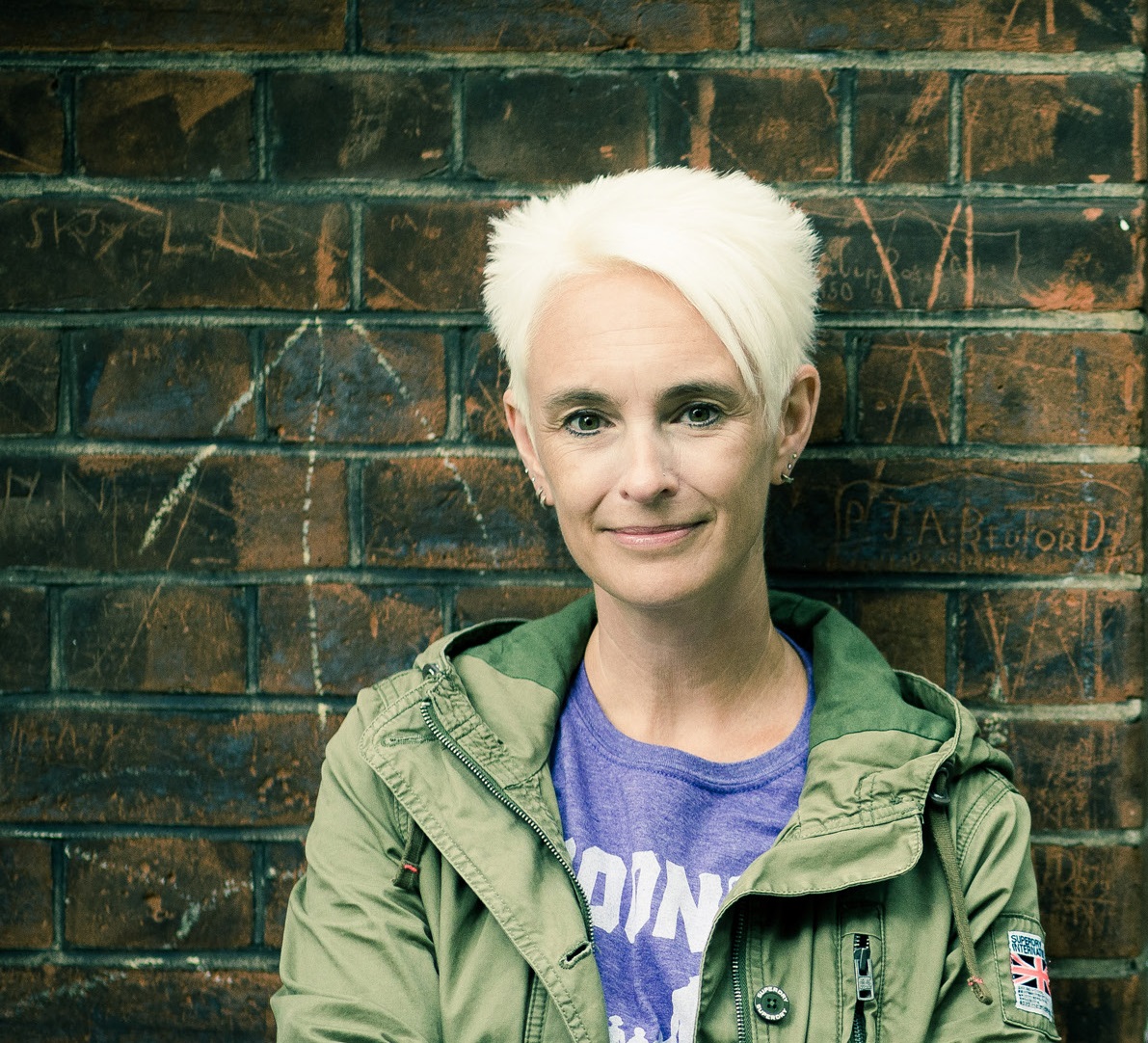
I had been looking for a copy for quite some time—browsing local bookstores and messaging online ones on Instagram. They had all run out of it. The book flew off the shelves, they said. It was that popular. Right before the lockdown, I finally found it at Pilgrims Bookstore in Thamel, Kathmandu. I had wanted to read The Chalk Man for so long that I actually put off reading it so as to always having something to look forward to. I would have probably kept it on my TBR pile for a while. But then the bleak times we are living in soon had me searching for an escape: I needed a fictional horror story to replace the real horror narrative in my head.
The Chalk Man was just the book I needed. Alternating between two timelines, the story is convincingly told. Each chapter makes you want to read the next. There are so many twists that each time you are convinced something is true, something else seems more likely. The characters are well crafted and Tudor’s simple writing style makes it easier for you to relate to all their contrasting emotions. I wouldn’t call it perfect or the best thriller/horror I’ve read. But Tudor was able to conjure some really vivid morbid scenes in my head and for that, I’ll highly recommend this book. I will also now search for the author’s other titles.
Fiction
The Chalk Man
C. J. Tudor
Published: 2018
Publisher: Penguin Books
Language: English
Pages: 345, Paperback
Book Review | The Girl Who Reads on the Metro: Pas mal
Books on books are my favorite kind of books. There is something immensely comforting in reading about someone who finds her way through books. It reinforces my belief that no matter what there is bound to be a book to help us make sense of things.
Christine Féret-Fleury has written over 80 of them. In 1996, she wrote her debut children’s book. ‘The Girl Who Reads on the Metro’ is her first adult novel to be translated into English.
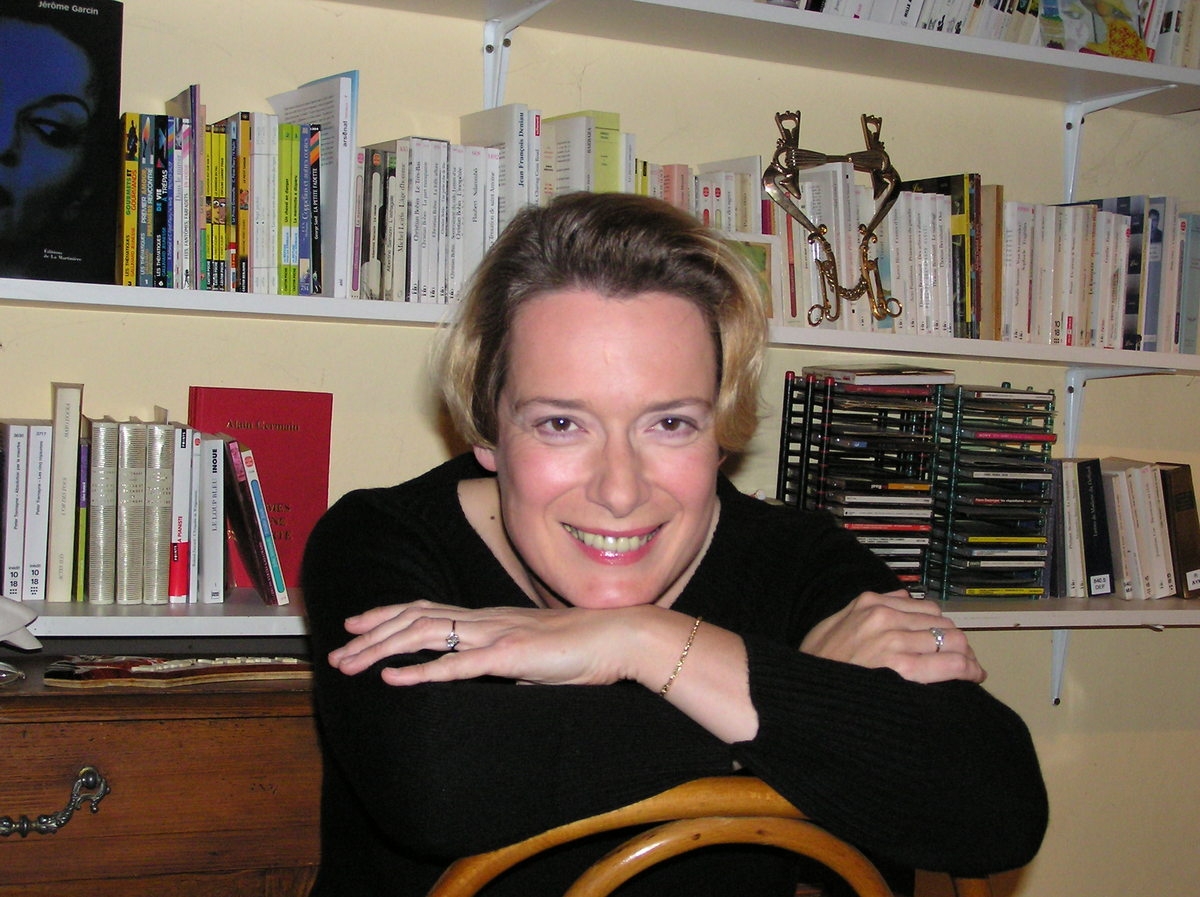
The book caught my eye obviously because of the title but also because of the cover with Parisian houses. It just felt like a good read. It looked soothing—which is something we all need a little of right now. But now that I’ve read it, I’m kind of on the fence about it. I didn’t enjoy it as much as I thought I would but I don’t want to say anything bad about it either. It was a short, cute story but it had some major hiccups.
It’s about a character who loves to read, and who works with books. There are mentions of many books I love. But the story isn’t convincing. It’s about a girl named Juliette who lives in Paris. She hates her job as a realtor but she loves commuting on the metro where she gets to read and see what her fellow commuters are reading.
One day, she decides to get off at a different station than her regular one. She meets Soliman, the owner of an enchanting bookstore who believes books have the power to change lives. He gives Juliette a job as a passeur—someone who match-makes people with second-hand books. Juliette quits her job and then goes around giving the books Soliman assigns her to those who she thinks need them the most. Soliman, on the other hand, keeps a meticulous record of where the books end up.
It's an interesting premise. The problem is it’s not well worked on and things are a bit vague. You see all these fascinating things happening but you don’t really understand the why and the how. It’s also difficult to get attached to the characters, mostly because they feel a little underdeveloped. The connections between the characters also feel a bit forced. The writing too isn’t great but that might not necessarily be the author’s fault. Many things, I feel, might have been lost in translation.
The good thing about The Girl Who Reads on the Metro is that it’s a short book. You can easily finish it in a single afternoon. And it’s fun to hear someone talking about and dealing with books—holding them, smelling them. The idea that you could get so immersed in books that you completely forget the real world is intriguing. It’s something I’ve been contemplating ever since I finished the book.
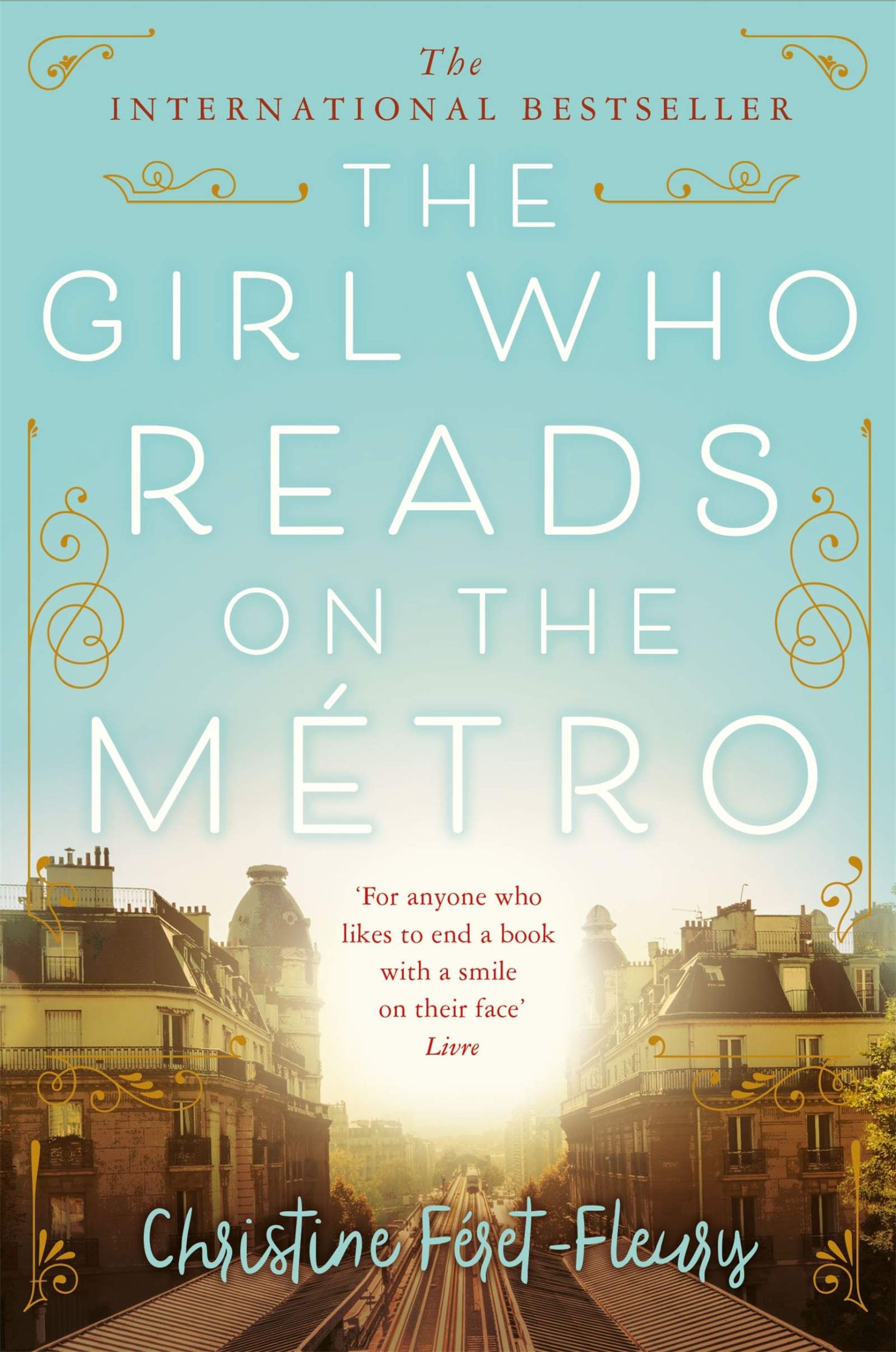
Fiction
Christine Féret-Fleury
Originally published in France as ‘La fille qui lisait dans le métro’
Translated into English by Ros Schwartz
Published: 2019
Publisher: Pan Books
Pages: 199, Paperback
Book Review | Finding Audrey: Irksome and insensitive
Some books just make me angry. In the past, that sentiment had mostly been reserved for Paolo Coelho’s books, which I think are preachy and have nothing to offer except obvious moral lessons. I never thought I would be saying it for Sophie Kinsella, bestselling author of the ‘Confessions of a Shopaholic’ series that has also been made into a fun movie starring Isla Fisher as Rebecca Bloomwood, a financial journalist who is forever running into debt because of her compulsive shopping habits. I have read most books in the series—they are fun and cheer you up.
I also enjoyed Kinsella’s stand-alone novel ‘The Undomestic Goddess’, a hilarious story of a high-powered corporate lawyer, Samantha Sweeting, who is mistaken for a job applicant for a housekeeper’s position at this big, beautiful house she stops to ask for directions after boarding a random train. She gets the job but she doesn’t even know how to make eggs or turn on the oven. There was a time when I talked about it every time someone asked me for book recs and even gifted it to friends.
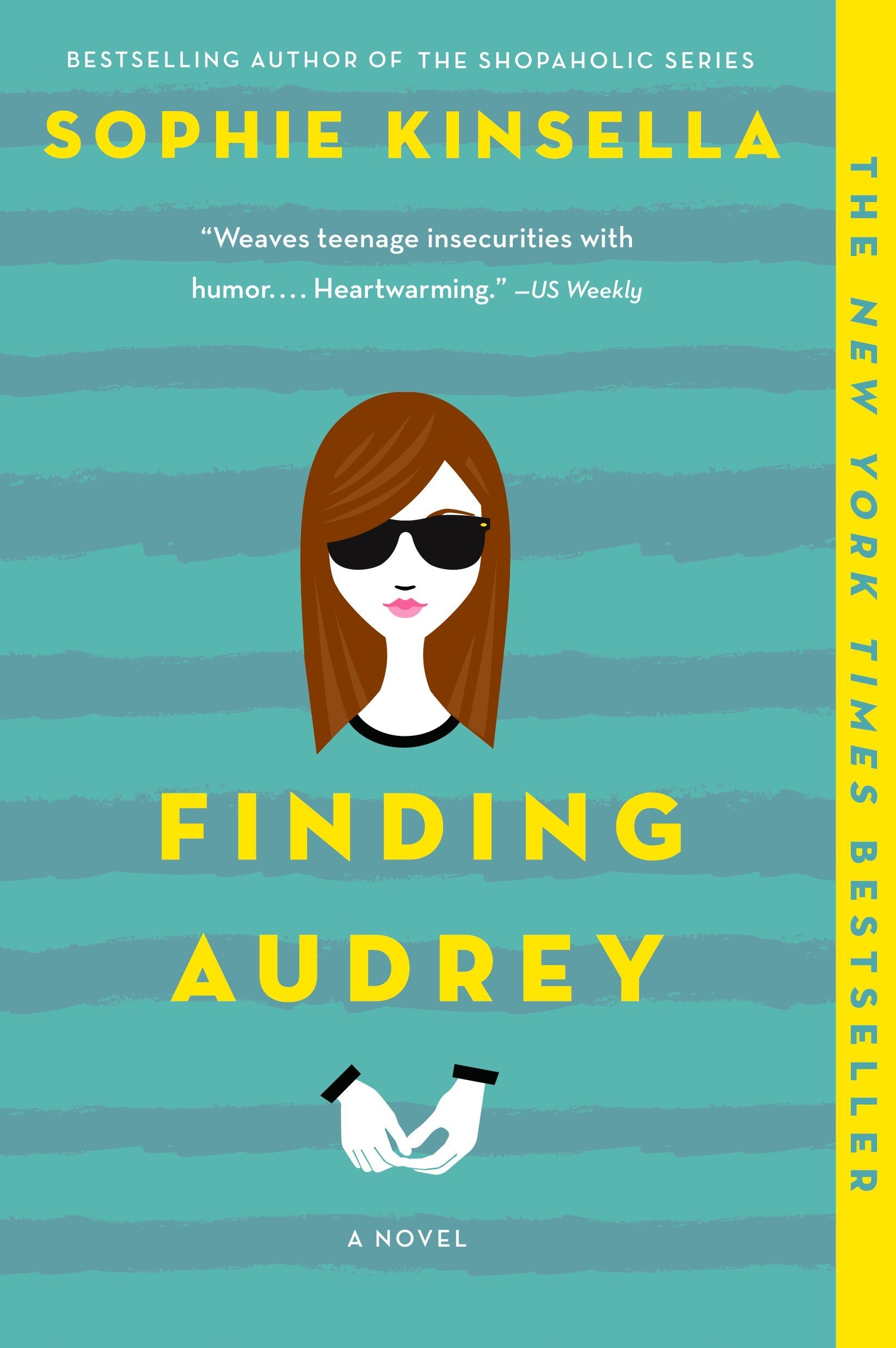
Kinsella wrote light, fluffy books but she left you charmed. I wish she had stuck to writing witty books like these and not tried to tackle serious subjects, which is what she has done in ‘Finding Audrey’.
Here, Kinsella strives to tell the story of a teenager struggling with a mental health condition. We don’t know what happened to Audrey, except vague hints that suggest she was a victim of bullying. What we do know is that she doesn’t go to school anymore and wears dark sunglasses even when indoors. Strangers make her freak out, and she can neither touch nor talk to anyone besides her parents and her brothers, Frank and Felix. Then she meets Frank’s friend Linus who manages to take her to Starbucks and a few other places and talk to strangers in the guise of challenges.
It’s a lame story that undermines what it’s like living with a mental condition. You never know what’s wrong with Audrey and why she is the way she is. Worse, you don’t empathize with her as she seems like a selfish teenager and not someone who has had a lot to deal with at a young age.
The book’s first 100 pages is just Audrey’s mother going crazy. She is convinced Frank is addicted to video games and tries to get him to read a book or watch a Dickensian movie. The characterization is so poor that she doesn’t even come across as a concerned mother, more like a controlling lunatic. Audrey, who is supposed to be the titular character, just smirks and hides.

Sophie Kinsella, Author
It’s frustrating because the story goes around in circles and nothing really happens till Audrey makes up her mind to get better, in a moment of epiphany of sorts. As if it’s ever that easy. Kinsella probably had a vague story idea and felt she had to include the issue of mental health because it’s an important conversation. But she didn’t bother to do any research and learn just how debilitating mental illnesses can be. The result is an unconvincing, sloppy, and insensitive story.
Young Adult Fiction
Finding Audrey
Sophie Kinsella
Published: 2015
Publisher: Corgi Books
Language: English
Pages: 279, Paperback
Book Review | Riveting retelling of Iliad
Fiction
Published: 2011
Publisher: Bloomsbury
Language: English
Pages: 352, Paperback

I knew that the mythical figure of Achilles, the central character in Homer’s ‘Iliad’, was the son of goddess Thetis and Peleus, King of Phthia. I wouldn’t necessarily call him a ‘hero’. Achilles stopped fighting at Troy because Agamemnon, his commander during the war, insulted him. He then watched as his fellow Greeks were slaughtered by the Trojans and only resumed fighting when his friend, Patroclus, was killed and he was shattered and angry.
He took his revenge by killing Hector—who had killed Patroclus, Achilles’ best friend—and then refused to hand over his body to his family. Instead, he dragged the corpse around the city. Achilles wanted Hector’s soul to forever wander and never be at peace. It still wasn’t enough for Achilles and legend has it that his ghost still thirsts for blood. That’s definitely not how I picture a hero.
But Madeline Miller paints a completely different picture of Achilles in ‘The Song of Achilles’ that won the 2012 Orange Prize in Fiction 2012 (now known as the Women’s Prize in Fiction). Here, you see a romantic, loyal, and loving side to Achilles. Through the eyes of Patroclus, the novel’s narrator, Achilles appears to be beautiful, smart and skilled—living up to his demi-god status. His actions, as unjustifiable as they once might have been, seem to stem from love. Finally, he is the hero he was always meant to be.
While Homer’s Iliad is a story of pride and stubbornness, Miller’s retelling of the epic is a powerful love story. The author beautifully captures the budding camaraderie and love between Patroclus and Achilles, and so much is conveyed by leaving things unsaid.
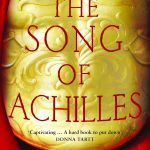
There is a sense of impending tragedy as you get to know early on that Achilles must choose between a long life where no one knows him or a short, glorious one. But that in no way makes the story bleak. Instead, Miller paints a wonderful three-dimensional portrait of Achilles as a son, father, hero, and lover as he battles his conflicting thoughts. Patroclus is also a fascinating character and a reliable narrator. The story doesn’t just unfold from his point of view and every character is given its due.
The good thing about Miller’s story is also that you don’t need to know anything about the Trojan war or the Greek mythology to understand what’s happening. Miller starts at the very beginning and her prose is smooth enough for you to get sucked right in. Miller took 10 years to write the book and the meticulous research shines through. The sparse prose makes the story a riveting read where nothing seems stretched or unnecessary. The Song of Achilles is an unforgettable story about love that reads like a thriller.
Love After Love: Such is life
Every once in a while, you come cross a book that you want to barrel through but are also desperate to put down and go fix yourself a cup of tea. You need some time to recover. But then the story is just so beautiful and the characters so compelling that you are back at it before you know it. Soon, you are a sobbing mess. ‘Love After Love’, Ingrid Persaud’s debut book, is that kind of a novel.
Set in modern-day Trinidad and New York City, Love After Love is a tale of love, loss, and hope. It’s about the never-ending quest to find love, the loneliness in the absence of love, and how hope can keep you going in the most trying times.
The story’s protagonist, Betty Ramdin, a school administrator, has endured years of abuse from her husband, Sunil. And then he dies. She had inherited a huge house from her grandmother and so she takes in a lodger, Mr. Chetan, a closeted gay teacher at her school. Soon, he becomes a part of their family—a father figure to Betty’s only child, Solo.
The initial part of the story is filled with warmth, food, and comfort. There is so much cooking going on and it’s all so elaborate and descriptive that you can almost taste the cascadoux curry and smell the fresh, warm bread. Reading this bit feels like being enveloped in a soft blanket and whatever it is that’s stressing you out in real life feels distant and trivial.
However, Betty longs for a partner. The society, on the other hand, expects her to be in perpetual mourning for a husband who gave her nothing but scars—both mental and physical. Mr. Chetan is compelled to find another place to live when he realizes “Miss B and I needed to be free to meet other people otherwise it was like we were in a sexless marriage.” By then, Solo is living with his father’s brother, Hari, as an illegal immigrant in the US. There are immigrant issues, homophobia, and domestic violence.

This is when your happy bubble is burst and your heart shatters. Each character tugs at your heartstrings. You see them struggle yet smile. They don’t have it easy but they are trying mighty hard to fix things. You wish you could give each of them a hug and tell them things will be alright. That’s how convincingly Persaud has crafted her characters.
The story is told from three different perspectives through a series of amusing yet heartbreaking vignettes. Betty, Chetan and Solo take turns at the narration. Despite that, it isn’t difficult to follow. Persaud shuffles back and forth between different emotions and settings with ease and makes the story quite seamless. Nothing feels unimportant or is without meaning.
Love After Love is an apt portrayal of the harsh realities of life and how we have the power to lead the life we want through the choices we make. It's really beautiful, even with the heartbreak it entails.
Fiction
Love After Love
Ingrid Persaud
Published: 2020
Publisher: Faber & Faber Limited
Language: English
Pages: 410, Paperback














